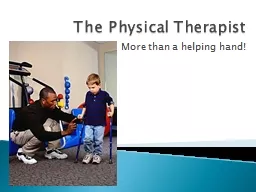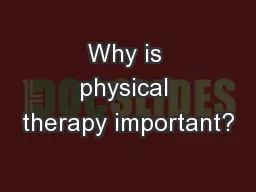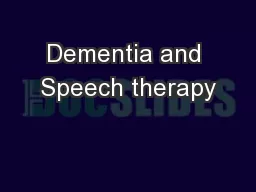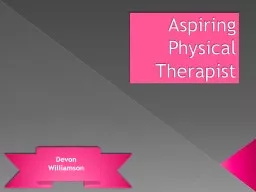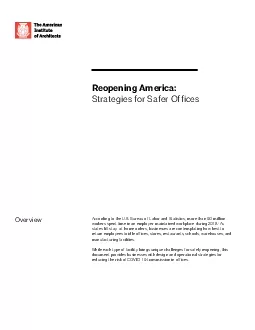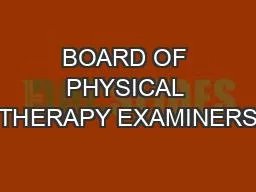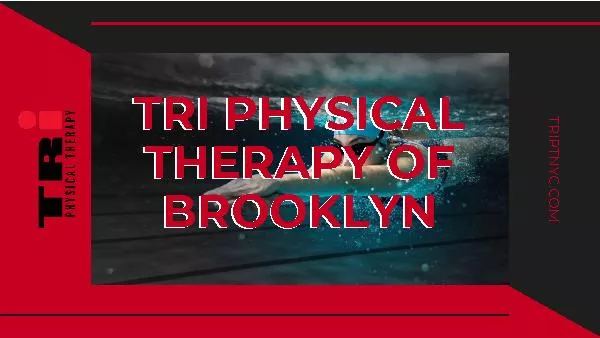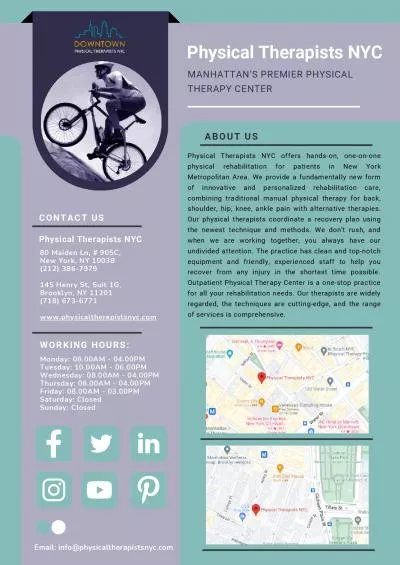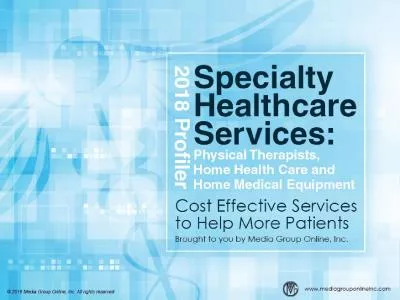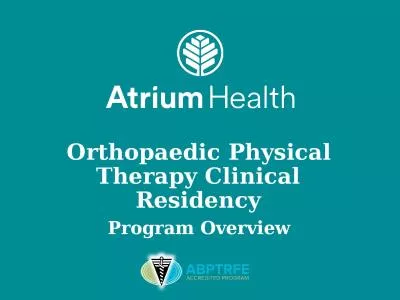PPT-Physical Therapy Strategies
Author : Kingslayer | Published Date : 2022-08-04
Jennifer Millar and Jennifer Keller A Virtual Event March 1719 2022 DISCLAIMER 2022 AAC A Virtual Event March 1719 PRESENTER DISCLOSURES Jennifer Keller MS PT Kennedy
Presentation Embed Code
Download Presentation
Download Presentation The PPT/PDF document "Physical Therapy Strategies" is the property of its rightful owner. Permission is granted to download and print the materials on this website for personal, non-commercial use only, and to display it on your personal computer provided you do not modify the materials and that you retain all copyright notices contained in the materials. By downloading content from our website, you accept the terms of this agreement.
Physical Therapy Strategies: Transcript
Download Rules Of Document
"Physical Therapy Strategies"The content belongs to its owner. You may download and print it for personal use, without modification, and keep all copyright notices. By downloading, you agree to these terms.
Related Documents



